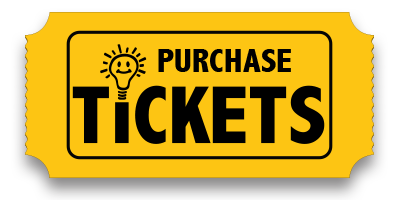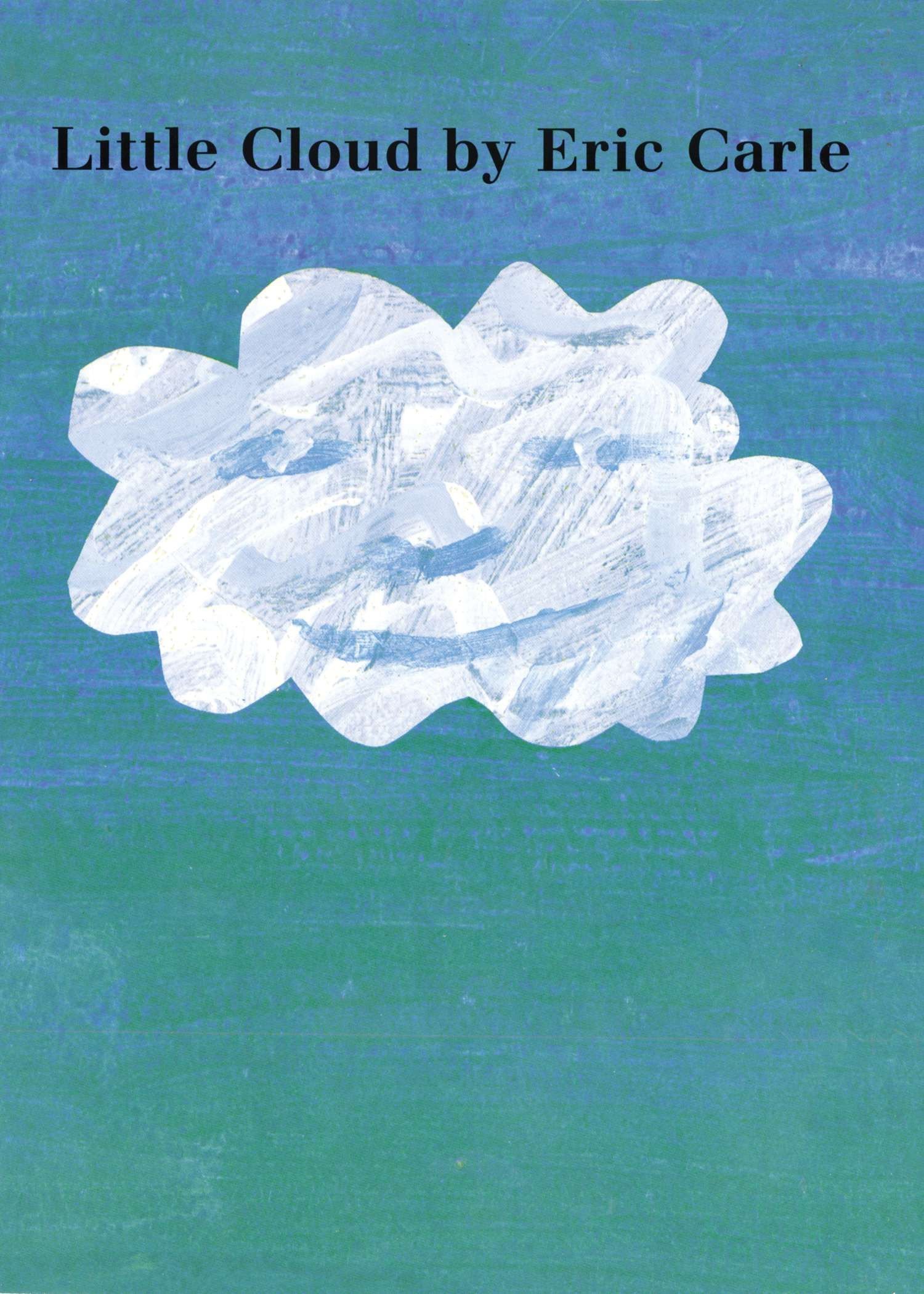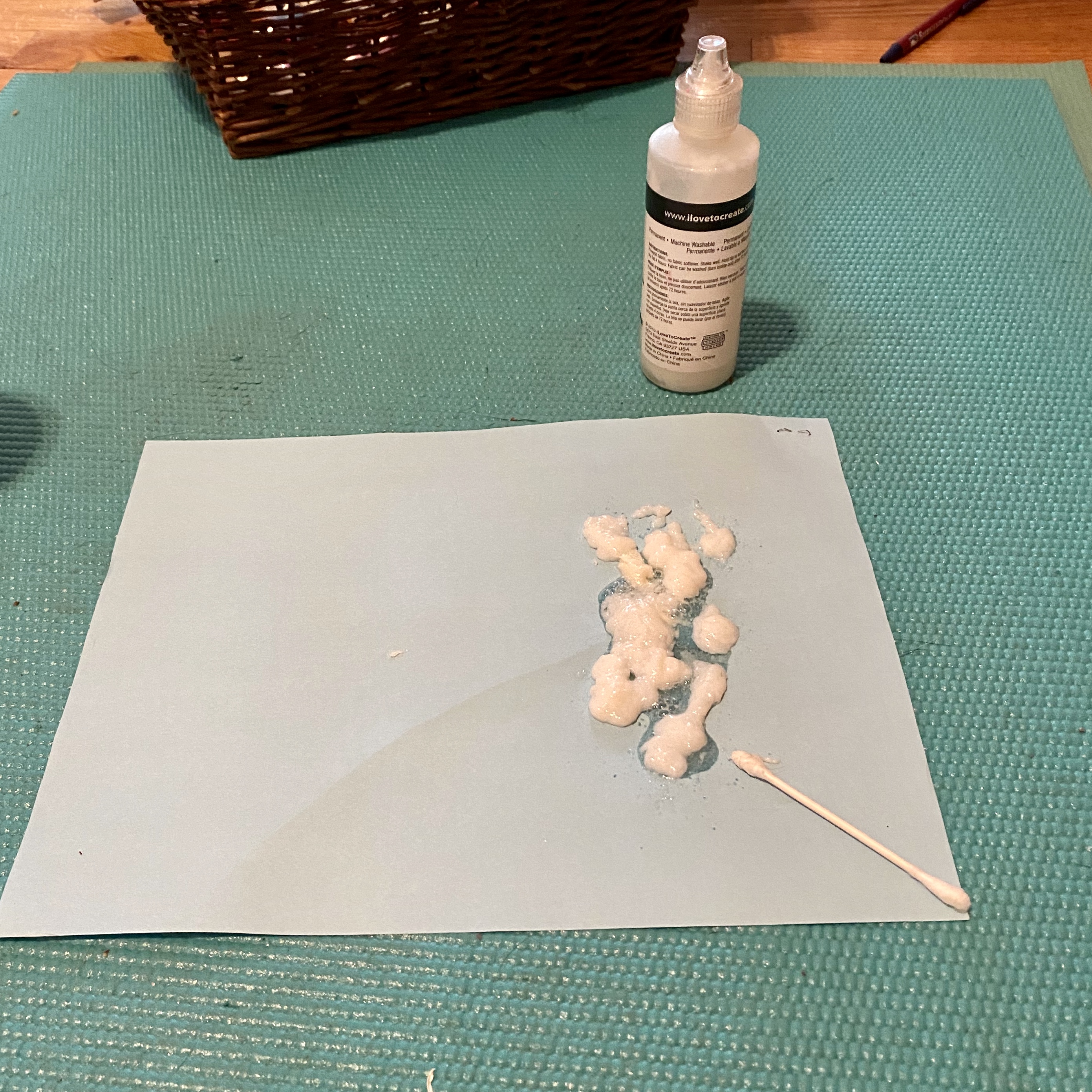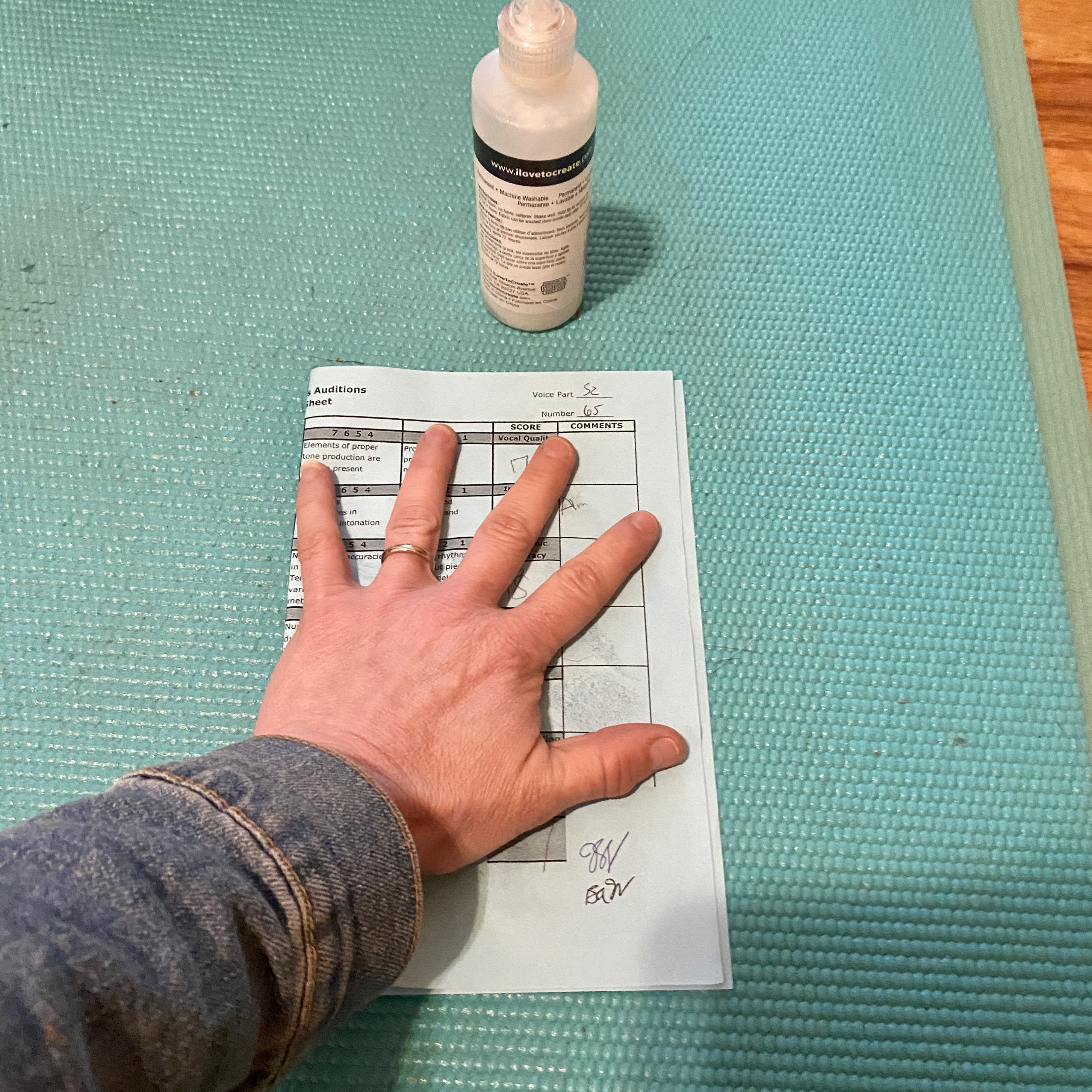Cloud Dreaming
Have you ever stopped to gaze up at the sky? What shapes do you see in the clouds? A bunny hopping across the sky? A giant ice cream cone? Today, we are going to explore the clouds in the sky above us through art, literature, a fun science demonstration, and some citizen science cloud hunting for NASA! Below are activities that all have a Cloud Dreaming theme. These activities include things that will help your child develop fine and gross motor skills, problem-solving and engineering skills, and can help them engage in cooperative play, while fostering creativity and perseverance. Feel free to throw in your own activities that might relate, and don’t forget to post your results to social media and tag @discoverymuse to share with everyone else!
Art/Fine Motor Activity: Shaving Cream Rain Clouds
What You Need:
- Baking sheet to contain the mess
- 2 small recycled cups (1 ounce or so) filled with water
- Food coloring (5-10 drops of each color)
- Clear vase or mason jar filled 1/2 to 2/3 full with water.
- Shaving Cream
- Dropper or ¼ tsp for adding water color mixture to shaving cream
Directions
- This is a great activity to do outside to keep mess to a minimum.
- Fill 2 small recycled cups with water. Add 5-10 drops of food coloring to each one. It’s fun to use 2 colors that will mix and create a third color (e.g. red and blue or blue and yellow).
- Fill your clear vase or mason jar 1/2 to 2/3 full with water.
- Squirt a healthy amount of shaving cream on top of the water to create your cloud.
- Using a dropper or ¼ tsp, add colored water to the top of the shaving cream cloud a little at a time.
- Wait and watch to see what happens? How long did it take for the food colored water to move through your cloud and into the clear water below? What happened to the colors you added at the top? What do they look like after coming through your cloud?
Cloud Dreaming Read Aloud and Art Project:
The first thing you’ll want to do is watch/listen to these read alouds. The clouds in these stories are cumulus clouds — heaped and puffy clouds, perfect for seeing shapes. What do you notice about cloud shapes? Have you ever seen pictures in the clouds?
- Little Cloud by Eric Carle
- It Looked Like Spilt Milk by Charles G. Shaw
Now we are going to create our own It Looked Like Spilt Milk book. The number of pictures and pages you add is limited only by your supplies and your imagination.
What You Need:
- White Paint
- Dark colored paper (blue or black makes a nice sky)
- A marker or crayon for writing
Directions:
- Fold a piece of dark colored paper in half.
- Open the paper.
- Place a blob of white paint in the center of the construction paper (you can also experiment with putting the white paint on one side only).
- Fold the paper in half and press the paint down.
- Open up the paper and try to see what shapes or silly picture the white paint created.
- Write down in a few words what you see (can be grown-up assisted for younger friends).
You are only limited by your imagination. Put all of the pictures together to make your own version of It Looked Like Spilt Milk. With your grown-up’s permission, share it with us @discoverymuse on social media.
Science Experiment: Investigating Clouds
Join us in investigating clouds with this experiment provided by our friends at the NISENetwork. Clouds form when individual water molecules combine into droplets. In this experiment, we play with air pressure and temperature to see the formation of a “cloud.”
What You Need:
- Empty and clean 2 liter soda bottle
- 1 sp of rubbing (isopropyl) alcohol
- FizzKeeper bottle air pump
- A grown-up’s supervision
Directions:
- Place a couple of drops of isopropyl alcohol (no more than 1 tsp) into the clean soda bottle.
- Close the valve and squeeze the bulb at least 50 times to increase the pressure inside the bottle. What do you notice happens to the bottle as you build up the pressure inside?
- Turn the bottle on its side.
- Flip the valve open to release the pressure in the bottle. What happens? Can you see a cloud form?
What Happened?
As you pump air into the bottle, the pressure goes up but the volume stays the same (2 liters). When this happens, the temperature goes up. When you release the pressure, the temperature goes down. When the temperature drops, the gas vapor condenses into very small droplets you can see (a cloud).
Physical Activity and Citizen Science: Cloud Watching
Get some of those wiggles out while learning a little more about clouds.
Cloud Watching and Citizen Science:
This video is a great introduction to the types and shapes of cloud. Check it out before you go on your cloud identification walk.
Do You Know That Clouds Have Names? is a wonderful kid-friendly book that explains the different types of clouds and gives you fun activities to do as well. You can download it for free, thanks to GLOBE.gov.
Go on a walk and complete the Investigate The Sky Today! activity sheet to record cloud observations in your backyard or on a walk, and learn how you can share data with researchers who work with NASA!
